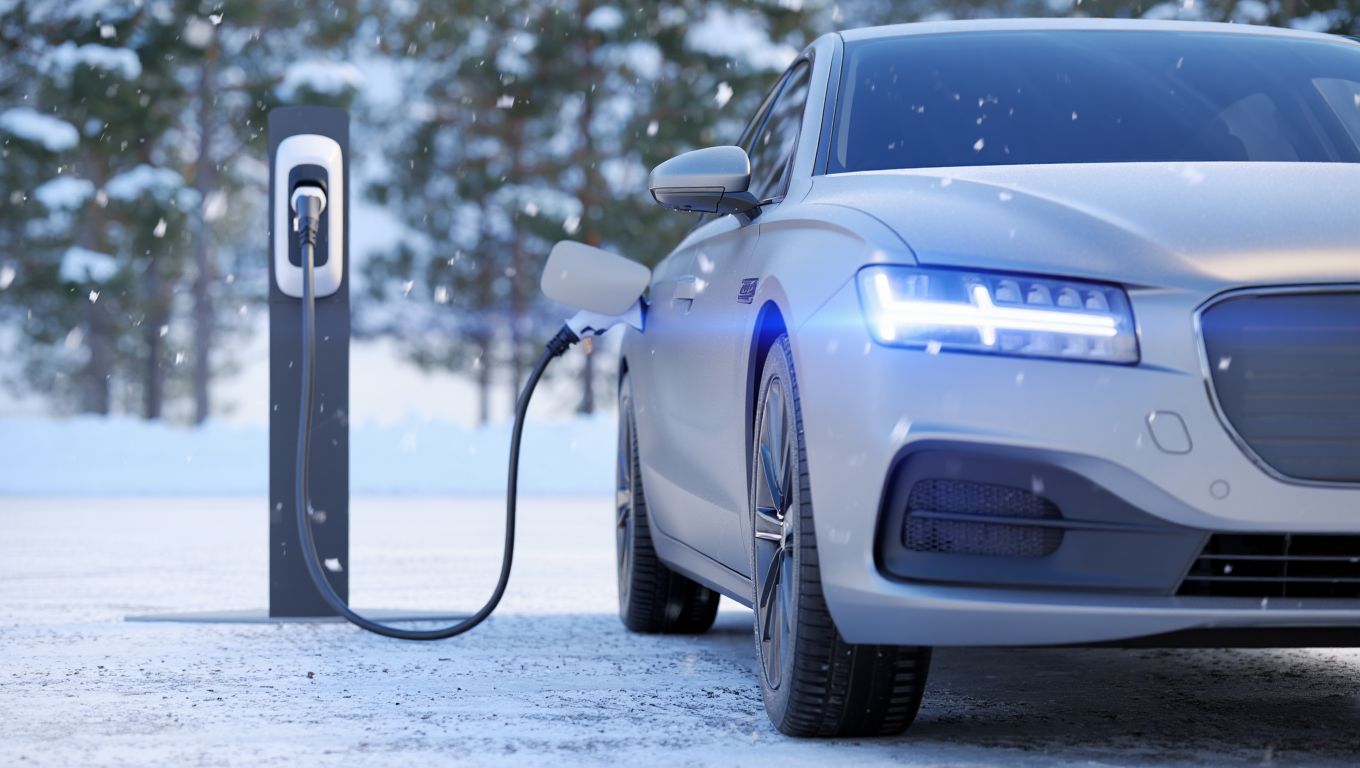Electric vehicles could see their charging time reduced by five times in extreme cold conditions. A promising breakthrough relies on an innovation in lithium-ion battery design.
Scientists have significantly improved the charging speed of lithium-ion batteries at temperatures as low as 14°F (-10°C). Their method, published in Joule, combines a structural modification of the battery with an adjustment of chemical reactions during charging.

Cold weather thickens the liquid electrolyte in batteries, reducing electrical current and increasing charging times. Current solutions, such as thickening electrodes, have often worsened the problem by limiting fast-charging capabilities.
The team created ‘pathways’ in the anode by drilling holes into its graphite layers using a laser. This technique, first tested in 2020, speeds up lithium-ion movement but caused lithium deposition in cold conditions.
To prevent this deposition, researchers applied a thin layer of lithium borate-carbonate to the battery. This material, known to improve solid-state battery efficiency, enabled a 500% increase in charging efficiency in extreme cold.
The modified batteries retained 97% of their capacity after 100 fast-charge cycles in freezing conditions. Neil Dasgupta highlights that these modifications could be easily integrated into existing manufacturing plants.
This breakthrough paves the way for better-performing electric vehicles in winter without requiring major changes to production processes. The implications could be significant, especially in regions with harsh winters.
How does cold affect lithium-ion batteries?
Low temperatures thicken the liquid electrolyte in batteries, slowing the movement of lithium ions between electrodes. This phenomenon reduces electrical current and increases the time needed to charge the battery.
Energy efficiency also decreases because chemical reactions are less effective in cold weather. This explains why electric vehicles often have reduced range in winter.
Manufacturers have tried various solutions, such as increasing electrode thickness, but these approaches sometimes worsened fast-charging issues. The new study proposes a more effective method to overcome these limitations.




